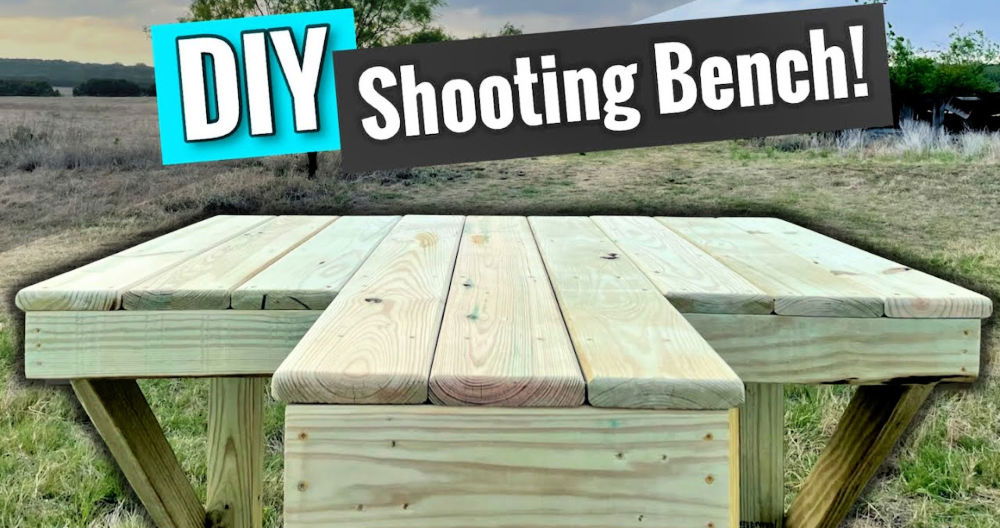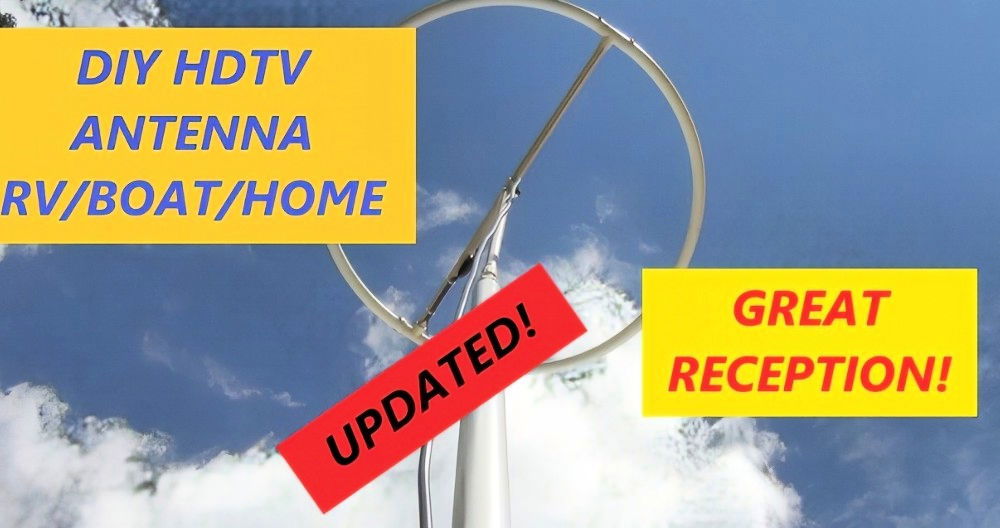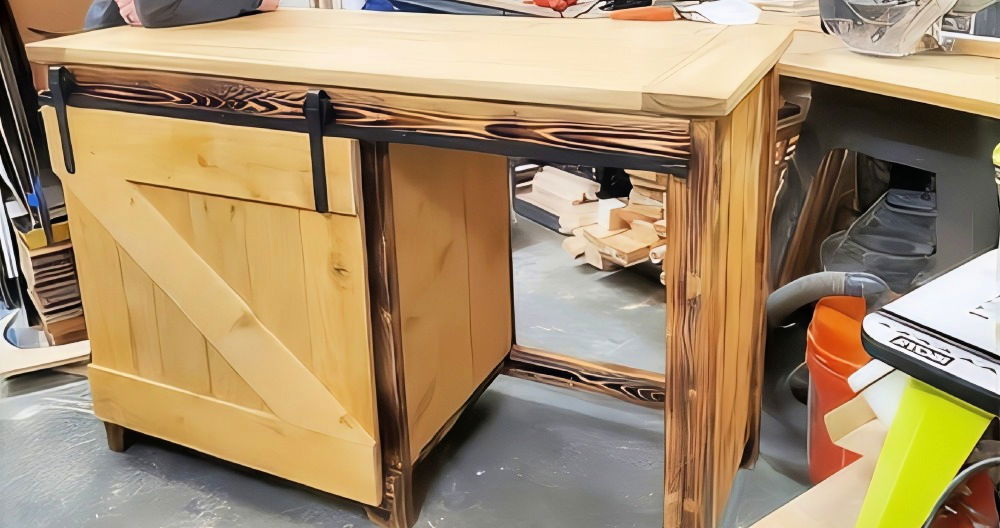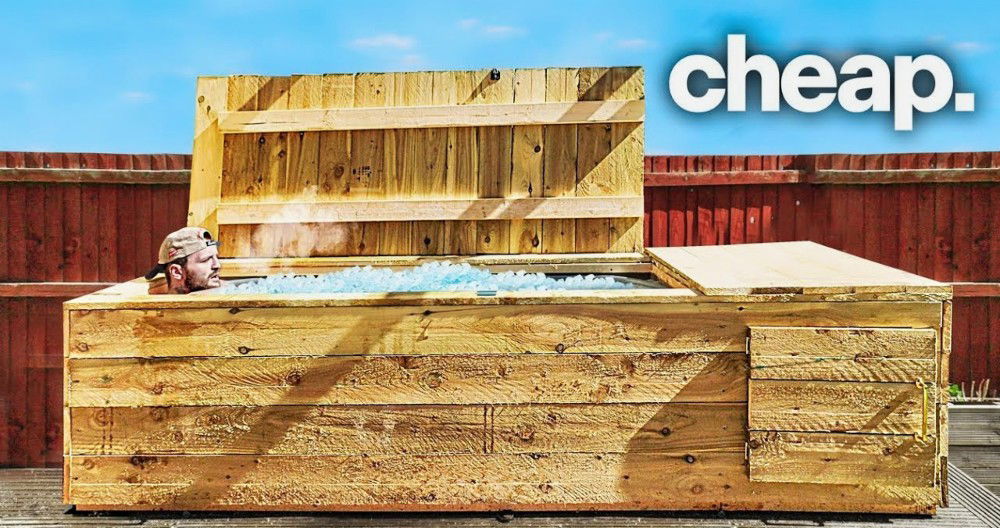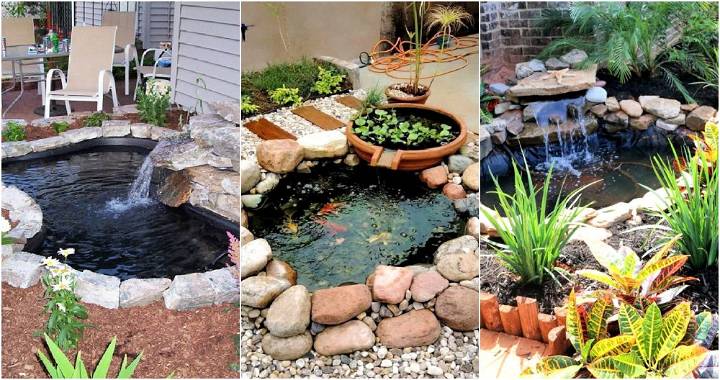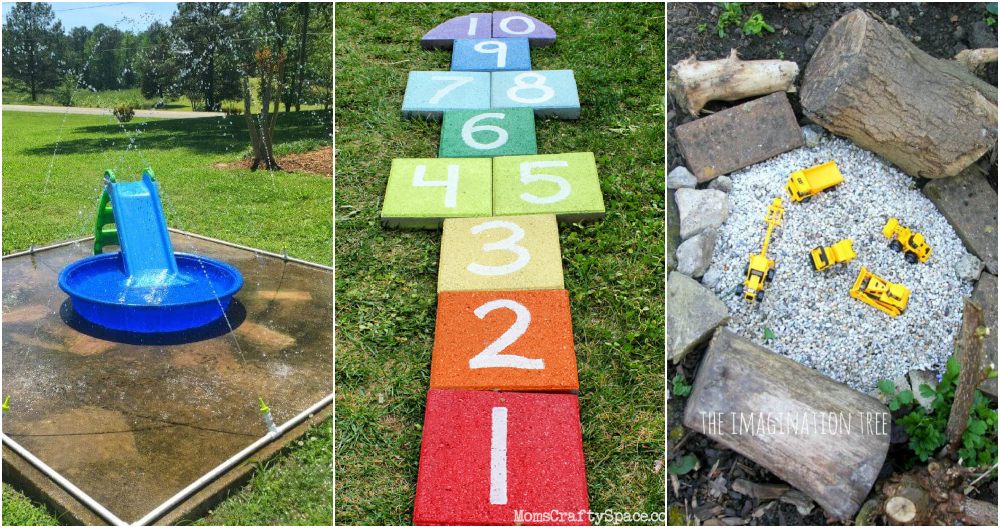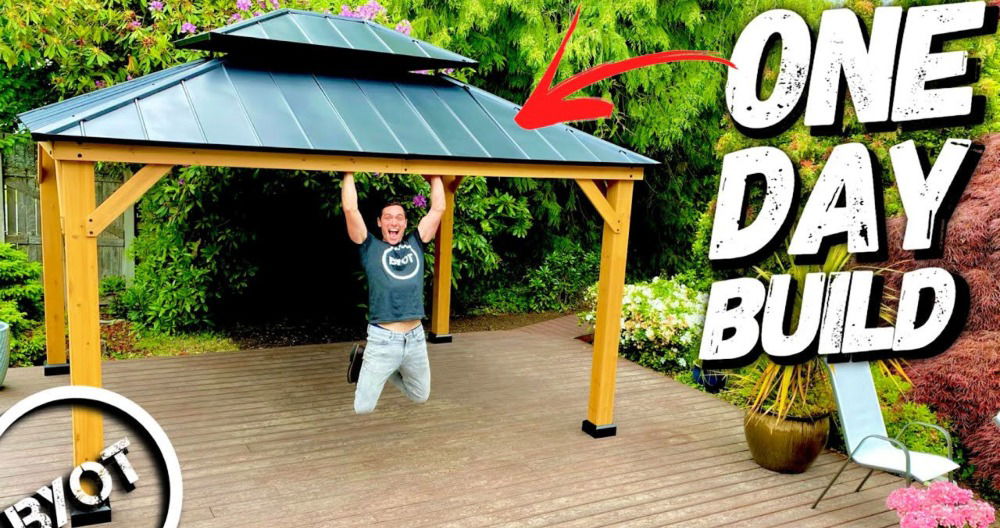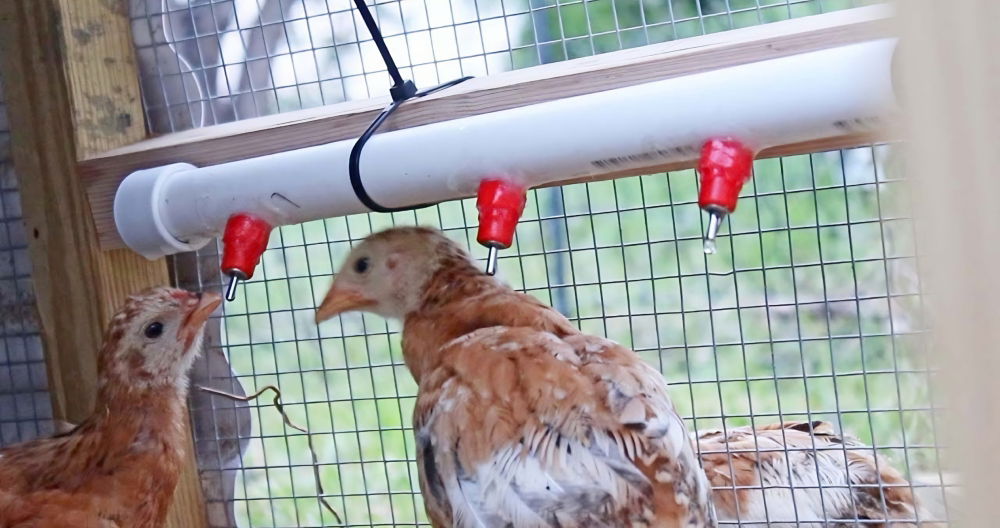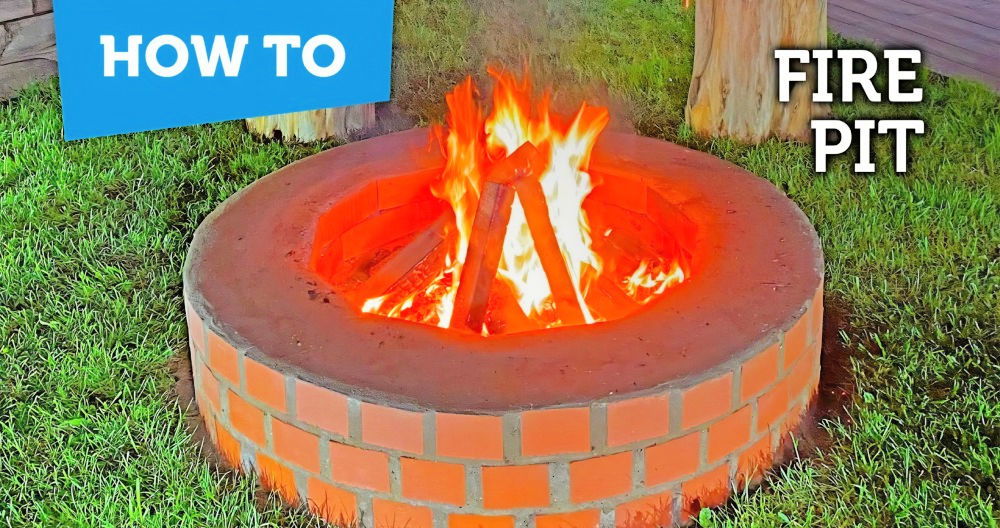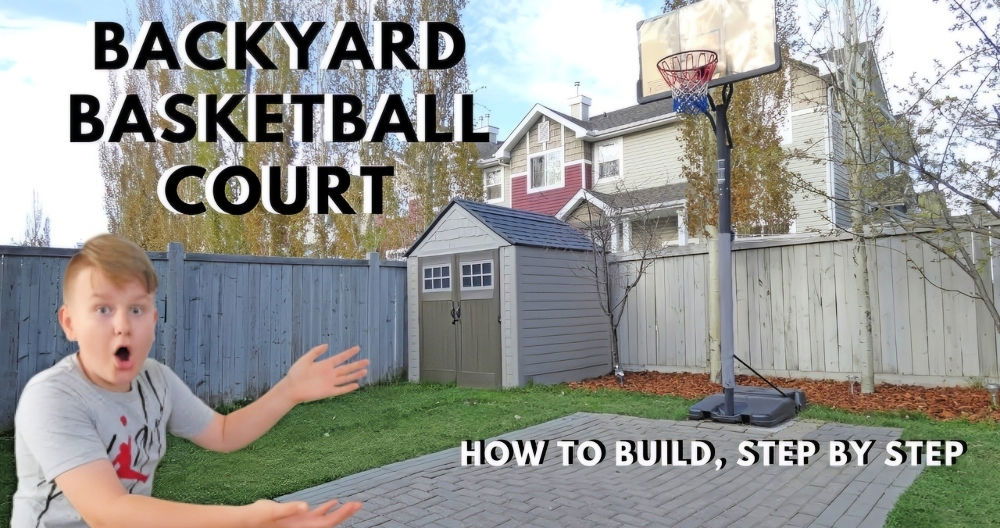Have you ever imagined having your own DIY shooting range right in your backyard? Well, it's not as far-fetched as it sounds. After years of driving an hour and a half to find a decent range, I finally had the chance to build one on my own property. It was a journey full of challenges, costs, and unexpected obstacles, but the end result was worth every effort. Here's how I did it, step by step, so you can learn from my experience and maybe build your own.
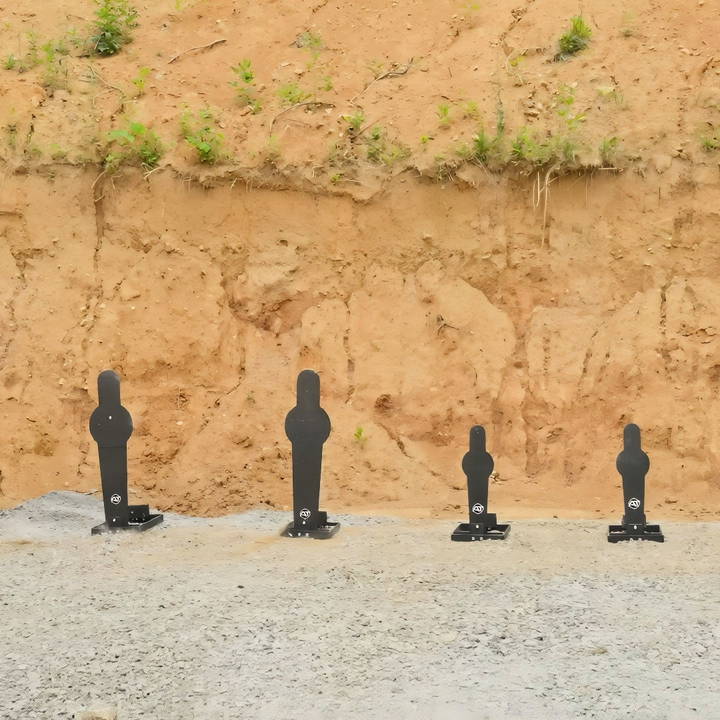
Why Build a Range at Home?
First, why even bother building a shooting range? For me, the answer was simple: convenience. I used to live in a cookie-cutter neighborhood where having a range was out of the question. Shooting meant a long drive, battling Nashville traffic, and wasting hours just to practice. Once I moved to a property with a few acres and good neighbors, I knew it was time.
Building a range not only saved me hours of driving but also allowed me to customize it for my needs. I can now practice drawing my gun, moving while shooting, and setting up different scenarios—things I couldn't do at most public ranges. It also gives me a sense of freedom and privacy. So, if you have the space, why not?
Step by Step Instructions
Learn how to build a DIY shooting range with our step-by-step guide, from planning and excavation to setting up targets and managing costs efficiently.
Step 1: Planning the Range Size
The first thing to decide was the size of the range. My initial plan was to have a 25-yard deep and 20-yard wide range, enough for the basic shooting drills. But as I started talking to the contractor, the plan expanded. We ended up extending the range to 35 yards deep and 25 yards wide.
This extra space allowed us to divide the range into two parts. One side could be used for pistol drills while the other could be set up for different training stages. I've seen many ranges at competitions that vary in size, but for my needs, this layout worked best. The bigger space gave me flexibility in setting up drills and targets.
If you're thinking of building your own range, consider how you'll use it. Do you want to shoot rifles, pistols, or both? Will you need different areas for various exercises? Think about your goals, and plan the size accordingly.
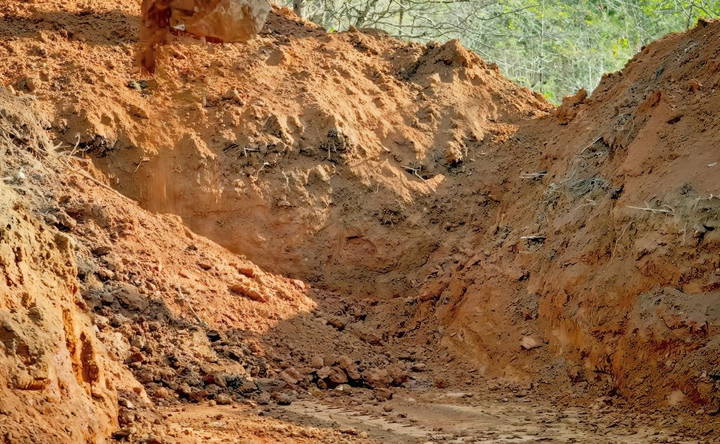
Step 2: Excavation and Drainage
After deciding on the dimensions, it was time to break ground. Excavation is where things can get tricky. The land needed to be dug out to build a flat shooting area, and drainage had to be planned to avoid flooding. We dug ditches along the side berms and pitched the range slightly to direct water flow away from the shooting area. This was crucial because pooling water would not only ruin the shooting experience but could also damage the range over time.
One unexpected challenge was when the foreman noticed a soft spot on the ground. It felt like my feet were sinking in, and I immediately feared the worst—potentially a sinkhole or an old well. Luckily, after bringing in another expert, we found out it wasn't anything major. However, this could have added thousands of dollars to the cost. I learned the hard way that it's essential to budget for unforeseen problems. You never know what you'll dig up when working with land.
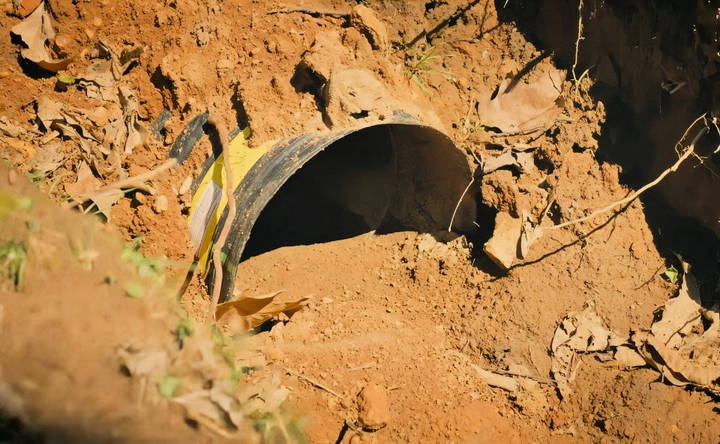
Step 3: Machinery Issues and Delays
Every project has delays, and building a shooting range is no different. We ran into multiple issues with machinery. One of the skid steers had its engine blow out, and then another one lost its track. On top of that, the weather wasn't on our side. Snow, rain, and mud made it impossible to continue working for weeks at a time.
I was constantly reminded of my friend's advice: "Everything takes three times longer and costs three times as much as you expect." While that estimate felt low during this project, it was a good reminder to stay patient and flexible. If you're planning a similar project, expect delays and prepare yourself mentally for the long haul.
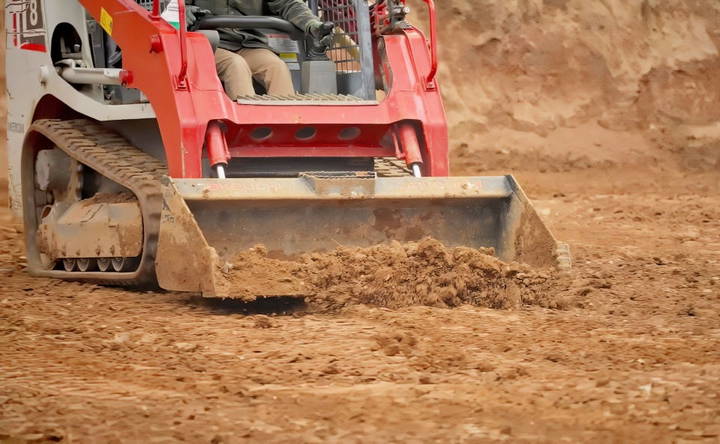
Step 4: Laying the Gravel
Once the major digging and drainage were done, it was time to lay the gravel. Gravel is an important part of the range because it keeps the surface solid and prevents it from turning into a mud pit during rain. We laid down one inch of crushed asphalt as a base, followed by two inches of crush-and-run gravel.
The crushed asphalt buildd a solid foundation, while the gravel on top gave it the durability needed for long-term use. The final touch was letting the rain settle everything in. If you're thinking about the ground material, I highly recommend gravel over grass. It's lower maintenance and lasts much longer without the need for constant mowing or upkeep.
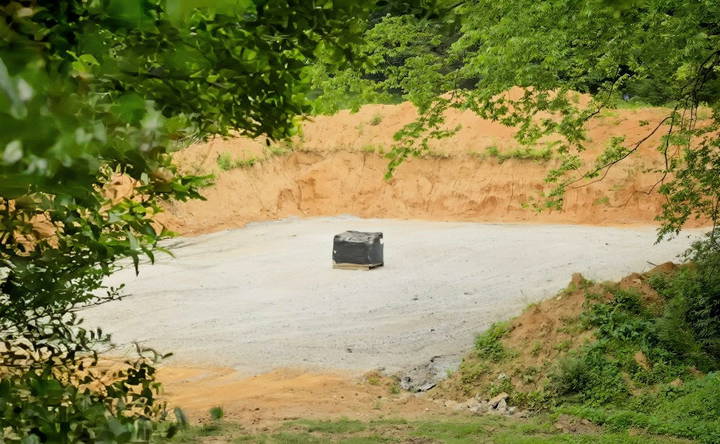
Step 5: Costs of Building the Range
The million-dollar question: how much did this cost? I couldn't find clear answers online before I started, so I'll break down the costs to help you plan better:
- Excavation and Digging: $6,500
This included all the digging, making berms, and installing culverts for drainage. - Gravel: $3,700
The gravel, including the crushed asphalt base, was essential for a durable surface.
In total, the range cost me $10,200. It's a lot of money, no doubt, but I had saved up for this project over time. If you're thinking of doing the same, remember to budget extra for unexpected issues. We were lucky not to have major problems, but not everyone is that fortunate.
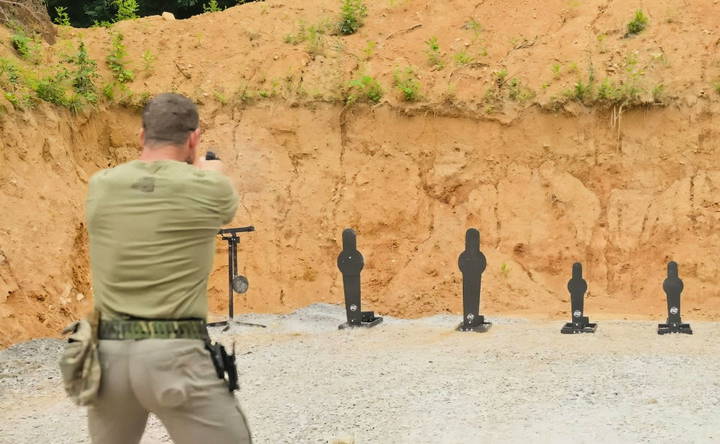
Step 6: Setting Up Targets and Drills
Finally, after months of work, it was time for the fun part—setting up the targets. I ordered a set of steel targets, including six poppers, three mini targets, and one swinger. I was particularly excited about the steel targets because of their durability and the satisfying "ping" sound when you hit them.
Once everything was unpacked and set up, it was finally time to start shooting. Setting up your range's targets is another area where you can customize the experience based on your training needs. From basic paper targets to advanced steel setups, the options are endless.
Advanced Features
Enhancing your DIY shooting range with advanced features can significantly improve the shooting experience. Here are some advanced features to consider:
Target Systems
Modern target systems can make your range more engaging and efficient. Consider installing electronic targets that provide instant feedback on accuracy and shot placement. These systems can display results on a screen, allowing shooters to see their performance in real-time. Reactive targets, which move or make a sound when hit, add an element of fun and challenge to the shooting experience.
Automated Scoring
Automated scoring systems can save time and reduce the need for manual scorekeeping. These systems use sensors to detect hits and automatically calculate scores. This feature is especially useful for competitive shooting events, ensuring accuracy and fairness.
Target Retrieval Mechanisms
Installing target retrieval systems can enhance safety and convenience. These systems allow shooters to bring targets back to the firing line without having to walk downrange. This not only saves time but also minimizes the risk of accidents.
Safety Features
Advanced safety features are essential for any shooting range. Consider adding bullet traps to safely capture and contain bullets. Installing high-quality backstops and berms can prevent bullets from leaving the range area. Additionally, safety signage and clear range rules help ensure that all users understand and follow safety protocols.
Environmental Controls
To build a comfortable shooting environment, consider adding environmental controls. Ventilation systems can help remove smoke and fumes from indoor ranges, improving air quality. Climate control systems can maintain a comfortable temperature, making the range usable year-round.
Training Tools
Advanced training tools can help shooters improve their skills. Laser training systems allow for safe, dry-fire practice with real-time feedback. Simulators can provide realistic shooting scenarios, helping shooters practice decision-making and accuracy in a controlled environment.
Shelters and Amenities
Adding shelters and amenities can enhance the overall experience for shooters. Shelters provide protection from the elements, making the range usable in various weather conditions. Benches, tables, and storage areas can add convenience and comfort for users.
Technology Integration
Integrating technology can modernize your shooting range. Consider adding Wi-Fi access and charging stations for electronic devices. Some ranges also offer apps that allow shooters to track their progress, book range time, and access training resources.
Add advanced features for a better, safer, and more efficient range. Keep up with new tech and best practices to improve.
Legal Considerations
When setting up a DIY shooting range, understanding and complying with legal requirements is crucial. Here are some key legal considerations to keep in mind:
Local Regulations
Before you start building your shooting range, check your local zoning laws and regulations. These laws vary widely depending on your location. Contact your local government offices to get specific information about what is allowed in your area. Some common regulations include restrictions on where you can discharge firearms and requirements for safety measures.
Permits and Approvals
You will likely need several permits to build and operate a shooting range. These may include zoning permits, environmental impact assessments, and noise level regulations. Make sure to apply for all necessary permits before starting construction to avoid legal issues later on.
Noise Management
Shooting ranges can be noisy, which might disturb your neighbors. Many localities have noise regulations that you must follow. Consider installing noise barriers or choosing a location far from residential areas to minimize noise impact. This will help you stay compliant with local laws and maintain good relations with your neighbors.
Liability Insurance
Operating a shooting range comes with significant liability risks. It's essential to have liability insurance to protect yourself in case of accidents or injuries. Consult with an insurance provider to find a policy that covers all potential risks associated with your shooting range.
Environmental Concerns
Shooting ranges can have environmental impacts, particularly related to lead contamination from bullets. You may need to implement measures to prevent soil and water contamination. This could include using bullet traps or regularly cleaning up spent ammunition.
Federal Regulations
In addition to local laws, there are federal regulations that you must follow. These may include rules under the National Firearms Act or the Gun Control Act. Ensure you are familiar with these regulations and comply with all federal requirements.
Safety Standards
Adhering to safety standards is not only a legal requirement but also a moral obligation. Ensure your range has proper backstops, berms, and safety signage. Regularly inspect and maintain these safety features to prevent accidents.
Follow legal guidelines to ensure a safe, compliant shooting range. Stay updated on law changes for continued compliance.
Safety Guidelines
Ensuring safety at your DIY shooting range is paramount. Here are some essential safety guidelines to follow:
Basic Safety Rules
- Always Treat Firearms as Loaded: Never assume a gun is unloaded. Always check and double-check.
- Point the Muzzle in a Safe Direction: Never point your gun at anything you do not intend to shoot. This rule applies even when handling unloaded firearms.
- Keep Your Finger Off the Trigger: Until you are ready to shoot, keep your finger outside the trigger guard.
- Be Sure of Your Target and Beyond: Know what you are shooting at and what lies beyond it. This helps prevent accidental injuries.
Range Commands
Understanding and following range commands is crucial for maintaining order and safety:
- “Load”: Prepare your firearm for shooting.
- “Commence Firing”: Begin shooting at your target.
- “Cease Fire”: Stop shooting immediately. This command is used to address safety concerns or end a shooting session.
Personal Protective Equipment (PPE)
Wearing the right protective gear can prevent injuries:
- Eye Protection: Always wear safety glasses to protect your eyes from debris and ricochets.
- Ear Protection: Use earplugs or earmuffs to protect your hearing from the loud noise of gunfire.
Safe Handling and Storage
Proper handling and storage of firearms are essential:
- Safe Handling: Always handle firearms with care. Avoid horseplay and distractions while handling guns.
- Secure Storage: Store firearms and ammunition separately in locked containers. Ensure that unauthorized persons, especially children, cannot access them.
Range Setup and Maintenance
A well-maintained range is a safe range:
- Backstops and Berms: Ensure your range has adequate backstops and berms to stop bullets safely.
- Regular Inspections: Conduct regular inspections of the range to check for wear and tear. Repair any damage immediately.
- Cleanliness: Keep the range clean by regularly picking up spent brass and other debris.
Emergency Procedures
Be prepared for emergencies:
- First Aid Kit: Keep a well-stocked first aid kit on hand.
- Emergency Contacts: Have a list of emergency contacts, including local law enforcement and medical services.
- Emergency Plan: Develop and practice an emergency plan for different scenarios, such as accidental shootings or medical emergencies.
Training and Education
Educate all users of the range on safety protocols:
- Safety Briefings: Conduct safety briefings before each shooting session.
- Training Courses: Encourage or require users to take firearm safety courses.
Prioritize safety and follow guidelines to ensure a safe and enjoyable DIY shooting range. Stay updated on best practices and regulations.
FAQs About DIY Shooting Ranges
Discover answers to common questions about DIY shooting ranges, from safety tips to setup requirements, ensuring a secure and fun experience.
Before you start building a shooting range, it's crucial to understand the legal aspects. Laws and regulations can vary widely depending on your location. You should check with local authorities to ensure compliance with zoning laws, noise ordinances, and safety regulations. You may need permits or licenses, and it's essential to follow all guidelines to avoid legal issues.
Noise can be a significant concern, especially if you have neighbors nearby. Here are some tips to minimize noise:
Location: Choose a location far from residential areas.
Barriers: Use sound barriers like walls or earth berms.
Suppressors: Consider using suppressors on your firearms.
Shooting Hours: Limit shooting to reasonable hours to avoid disturbing neighbors.
Having your own shooting range offers several benefits:
Convenience: Practice shooting anytime without traveling to a public range.
Cost Savings: Save money on range fees and travel expenses.
Customization: Tailor the range to your specific needs and preferences.
Privacy: Enjoy shooting in a private setting without distractions.
Selecting the right location is crucial for safety and convenience. Here are some tips:
Space: Ensure you have enough space to safely accommodate the range and backstop.
Accessibility: Choose a location that is easily accessible but away from public roads and paths.
Natural Barriers: Utilize natural barriers like hills or dense trees to enhance safety.
Neighbors: Consider the proximity of neighbors and potential noise complaints.
The type of targets you choose can enhance your shooting practice. Here are some options:
Paper Targets: Ideal for precision shooting and easy to replace.
Steel Targets: Durable and provide immediate feedback with a sound when hit.
Reactive Targets: Move or react when hit, adding an element of fun and challenge.
DIY Targets: You can build your own targets using materials like cardboard or wood.
Lessons Learned
Looking back, there are a few things I'd recommend for anyone planning to build their own shooting range:
- Plan for Delays and Extra Costs: As with any project, things will go wrong. Machinery breaks, the weather doesn't cooperate, and sometimes unexpected issues pop up.
- Gravel is Essential: Don't skimp on the gravel. It makes a huge difference in the range's durability and usability, especially if you live in an area with a lot of rain.
- Budget for Extra: I can't stress this enough. What you think the project will cost, it'll probably end up being more.
Now, I can enjoy shooting without the hassle of driving hours to a range, and the satisfaction of having built something from scratch makes the effort worth it. If you have the space and the means, building a backyard shooting range can be a fantastic investment in both time and money.


